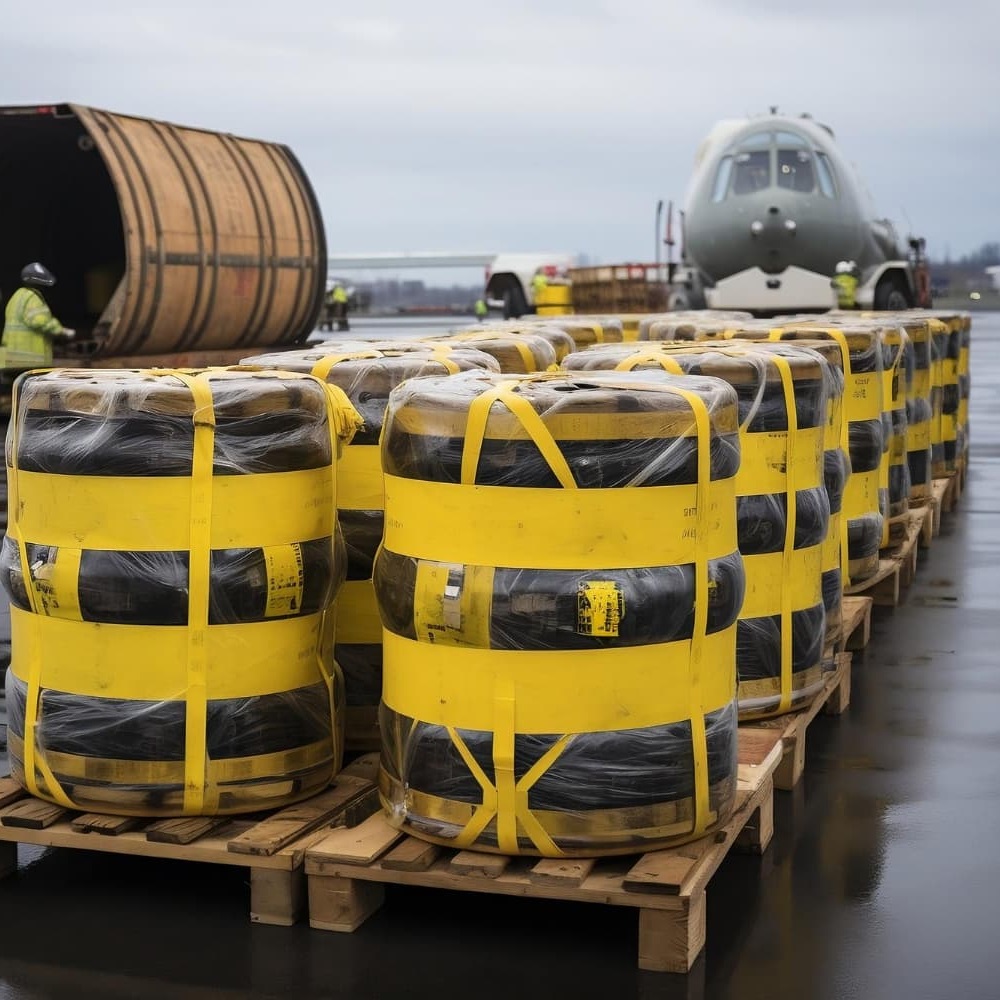To ensure the safety of dangerous goods air transportation, a number of precise and sensitive steps need to be taken. Considering the high significance of these steps, here, we will look at safety measures that are needed to be in place for dangerous goods air shipping.
- Training the Staff
The workforce of air cargoes have to receive proper training regarding the handling and shipping of dangerous goods. The staff need to be well-trained to precisely identify dangerous materials, proper packaging and labeling, right response in emergencies and accidents, and correct use of safety equipment.
- Safety Equipment
Some Personal Protective Equipment (PPE) that air cargoes have to use are inclusive of impenetrable capsules, safety gloves, masks and goggles. Moreover, it is necessary to have fire suppression system.
- Emergency Measures
Air cargoes need to be constantly alert and have emergency measures in place to face possible accidents during the transportation of dangerous goods. These include training the staff to respond correctly in case of emergencies, notifying passengers in time, and running realistic simulated emergency response drills.
- Checking and Monitoring
Precise monitoring of fleet vehicles and equipment used for the transportation of dangerous goods is imperative. Measures such as constant maintenance checks, assessing the quality of packaging and labeling, and double-checking necessary documents and permits are very important.
- Tests and Inspections
Air cargoes have to run regular tests to make sure of the functionality of their safety equipment and systems. Besides, internal and external inspections need to be regularly carried out.
- Interaction with Concerned Officials
Air cargoes have to constantly interact with the officials concerned the transportation of dangerous goods. This cooperation entails contact with Civil Aviation Organization, Air Traffic Control Centers, etc.
- Recording and Reporting
Air cargoes are obliged to record and report any incidents, accidents, safety and security issues. These reports can greatly help to analyze and investigate the reasons behind accidents, and to enhance safety systems.
- Regulations
Dangerous goods transportation laws and regulations have to be exactly observed. These include packaging and labeling, dangerous goods shipping restrictions, safety requirements and emergency issues.
The above-mentioned issues are only a short list of safety measures required in the air transportation of dangerous goods. Each Air cargo needs to adopt measures proportionate to the type and features of the dangerous goods it aims to transport. The adopted measures have to conform to regional and international laws and regulations. Baarnik will accompany you along this complicated process so that you can have a memorable and safe experience.


